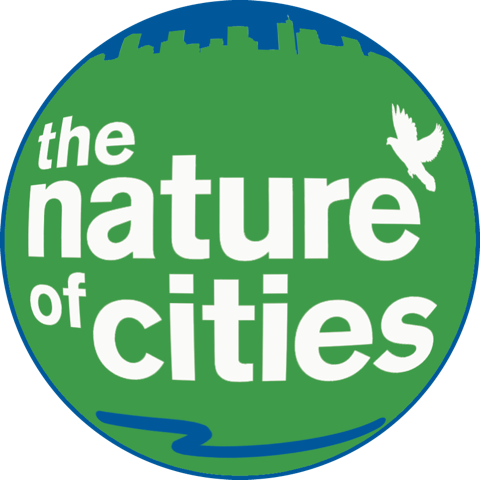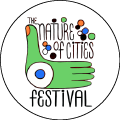26 July 2013
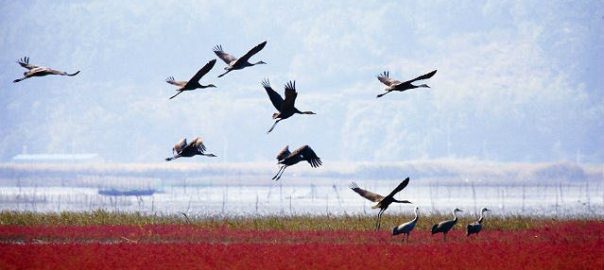
In our transition from rural to urban life (arguably the largest ever migration of humans on Earth), we lose contact with Nature—that we already knew. It is not easy to find ways to raise awareness of the beauty, as well as the critical role, that living beings, all 30 million...
21 July 2013
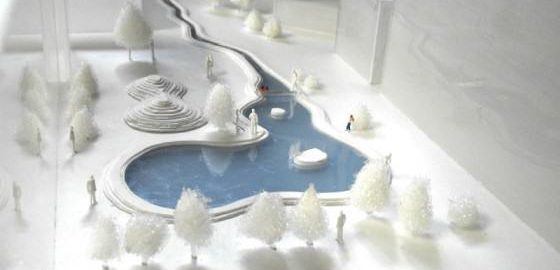
Where will children learn about nature? There has been so much building and housing in Japan that we’ve lost open space and natural areas. Where will children learn about nature? Where do they engage with the nature world? To solve this problem, we wanted to design biotopes within school grounds....
17 July 2013

I am currently typing away at a hairdresser in Tarragona, in Spain, while my wife receives a pre-wedding facial. That is the reason for our presence in Spain. Our families will soon descend on a tiny village in the mountains of Catalonia, from South Africa and Japan. This background information...
14 July 2013
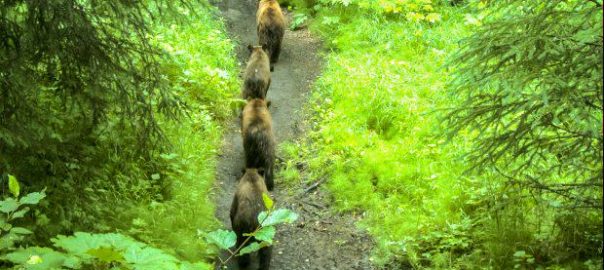
We’re now deep into summer, which in Anchorage means that conflicts between the city’s human residents and our wild neighbors are at a peak. Most of the problems involve black and grizzly bears, but moose have also made headlines in the local daily newspaper (“Woman stomped by moose at Kincaid...
10 July 2013
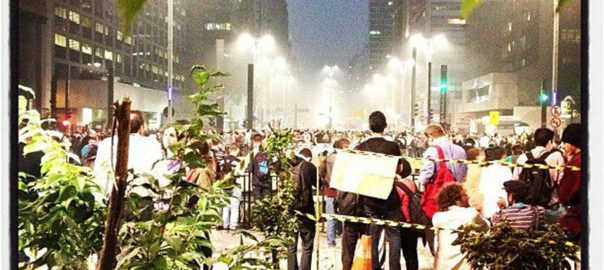
A versão em Português segue imediatamente. In my last TNOC article, I wrote about the city of Rio de Janeiro’s rich biodiversity and the huge transformations that the city is going through, boosted by the international events that are already taking place here: 2013 FIFA Confederations Soccer Cup happened in...
7 July 2013

I am going to take an iconoclastic view on how to conserve urban biodiversity in the real world: we do not need more research on defining the problem or defining the benefits of conserving biodiversity. I think we have enough models and empirical data to know which path to go...
3 July 2013

“Your stomach is empty since yesterday. Let me make you some soup,” said the monk to me as I took deep breaths to try and get more oxygen to my altitude-sickened body, “it may help with your nausea too.” As I nodded weakly, he went back into the kitchen, in...
30 June 2013
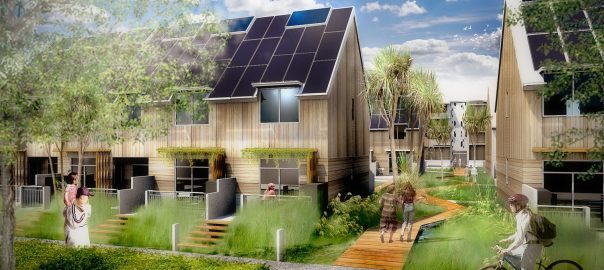
What would you do if you had the opportunity to design and build a new village or city? These opportunities do not come around often, so when one does we have to make the most of it!! The opportunities abound in Christchurch after the devastating earthquakes of 2010 and 2011....
26 June 2013
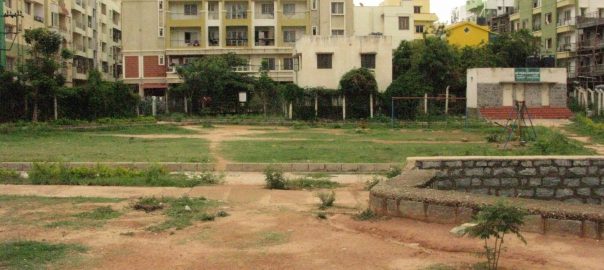
The Nature of Cities collective blog is now over a year old, during which time my friends, colleagues and co-authors have written many fascinating articles on various aspects of nature, and on people-nature interactions in urban environments. Today, in my blog, I’d like to step away from my previous two...
23 June 2013
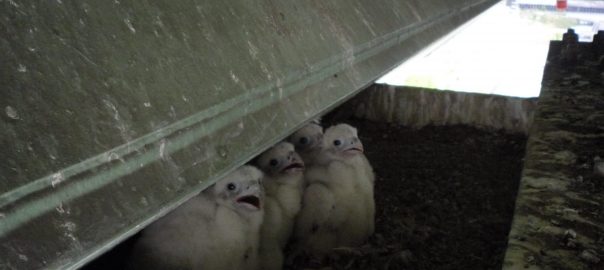
As we celebrate the 40th anniversary of the Endangered Species Act, I thought I would tell a story from back when the City of Portland (Oregon) first was beginning to grapple with the implications of the listing of a species found in our urban environment. In 1993 residents of the...
19 June 2013
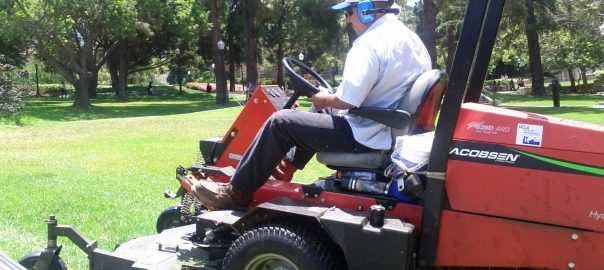
Vroom, buzz, roar, hum, zzzz, whine, chuffa-chuffa, whir, putt-putt, growl and shriek. Acrid, penetrating, sweet, stomach turning, smokey, arresting. These are the sounds and smells of machines, the machines that fueled by petroleum and are ubiquitous in the urban landscape, seemingly indispensible and unavoidable to the maintenance of urban ecosystem...
16 June 2013
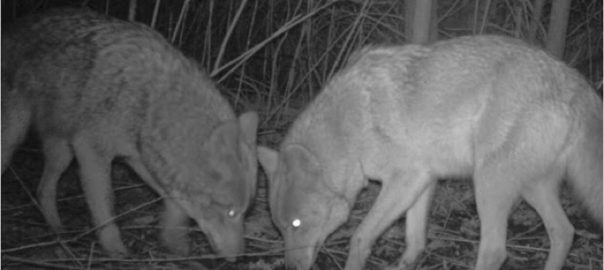
Urban parks and green infrastructure are often touted for their benefits in providing for urban biodiversity. There have been several posts about this subject in this blog—by Tim Beatley, Thomas Elmqvist, Russell Galt, Bill Sherwonit, Bob Sallinger, and others—and it’s clear that a core of scientists, designers, planners, and community...
12 June 2013
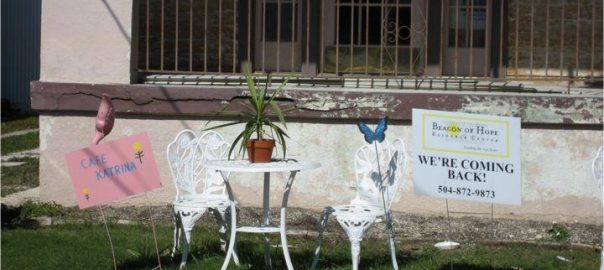
Cities, like nature, are all about the details. Granular. Fine-grained. Cellular. Each of these describes what we see in cities as unique, what defines them as places: small details that differentiate them from anywhere else and add up to a web of connections we call the city. I am writing...
9 June 2013
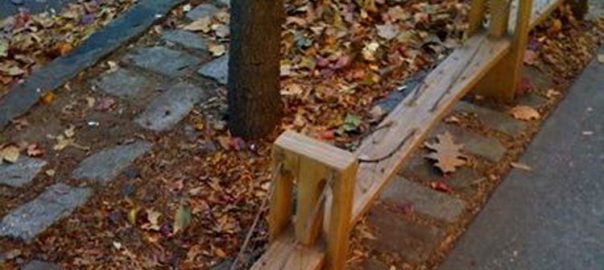
In cities throughout the United States, thousands of people are gearing up for another busy summer of growing vegetables in community gardens and caring for street trees planted along the sidewalk’s edge. Self-organized, volunteer-based, and focused on improving both communities and the environment, these “civic ecology” practices often pick up...
5 June 2013
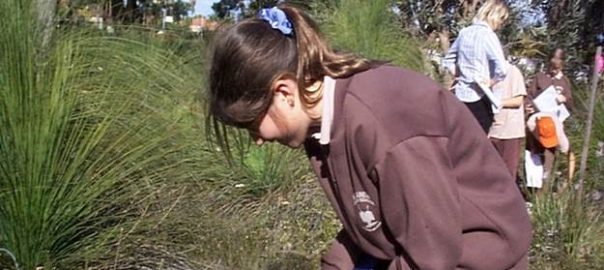
What we choose to name and the names we choose to remember, for the places, people and things around us, says a great deal about what is important to us. It is commonly said, and accurately so I believe, that we will not care about what we do not recognize....
2 June 2013
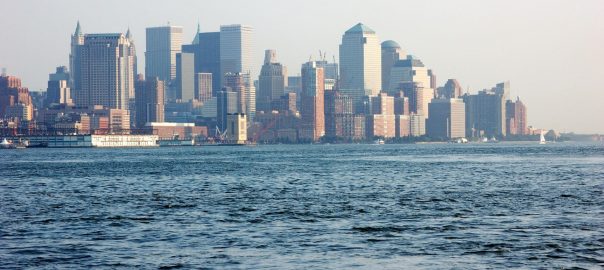
The following is an excerpt from my new book, Terra Nova: The New World After Oil, Cars, and Suburbs (Abrams, June 2013), which is about, at least in part, how cities can fit into nature: Many years ago, before I moved to the city, I had a job in the...
29 May 2013
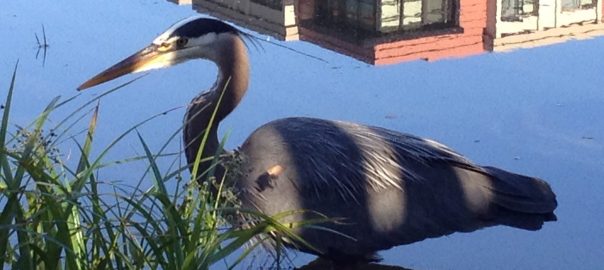
I admit it, I’m obsessed with a small created wetland in NW Portland’s Pearl District. When it comes to urban greenspaces size is often overrated, meaning even a small created 200 x 200 foot faux wetlands can be both biologically and socially meaningful in intensely development urban neighborhoods. Tanner Springs...
22 May 2013
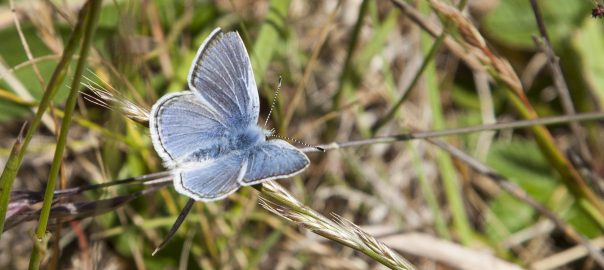
2013 is the 40th anniversary of two important moments in wildlife conservation history. In 1973, Congress enacted and President Nixon sign into law the Endangered Species Act. The ESA has become the U.S.A.’s most important wildlife conservation law, helping rescue from extinction the American bald eagle, the Florida panther, and...
19 May 2013
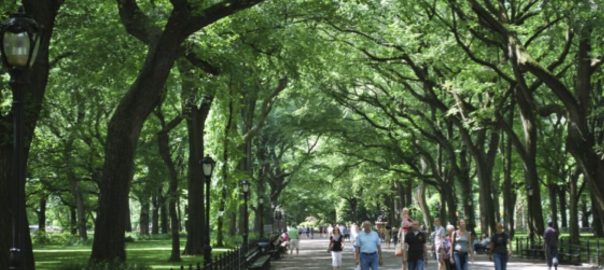
How do the benefits of urban green infrastructure stack up against the costs? We need to better understand the services and disservices generated by urban green infrastructure in order to build better decision support tools for improved planning and management of urban ecosystems that support human health and well-being. Urban...
15 May 2013
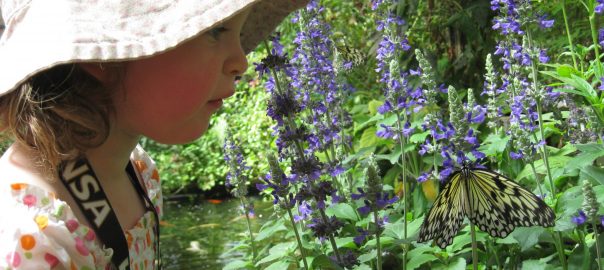
I have three jobs—lecturer, facilitator of academic research, and mother of two nature-engaged kids. My three experiences lead me to think we have a core problem in urban social-ecology: that we let our fealty to discipline-specific methods get in the way of true multidisciplinary work that is key to real...


